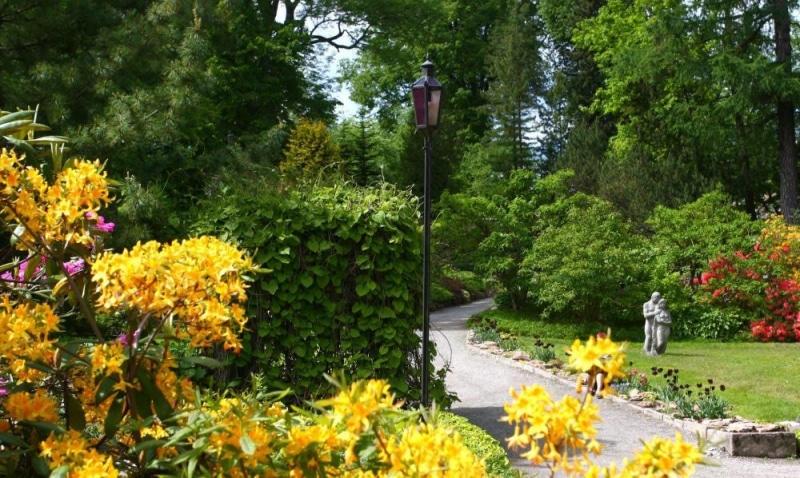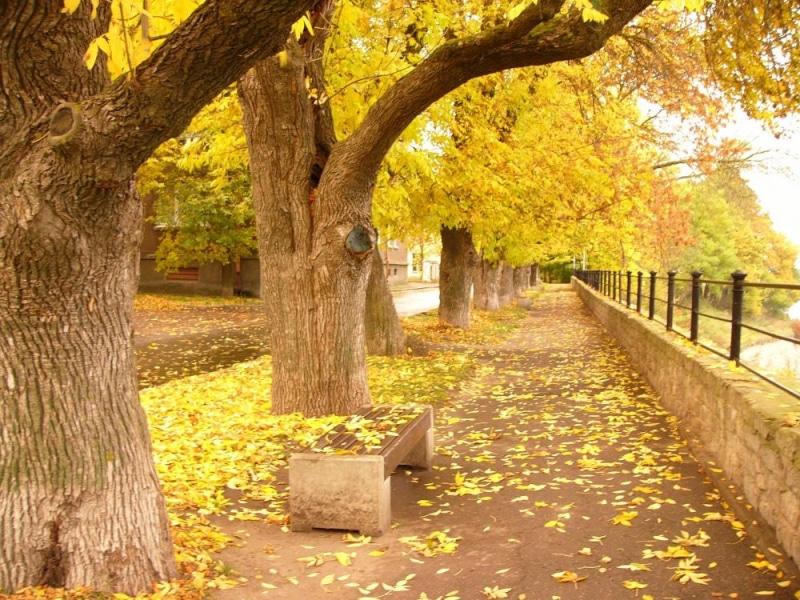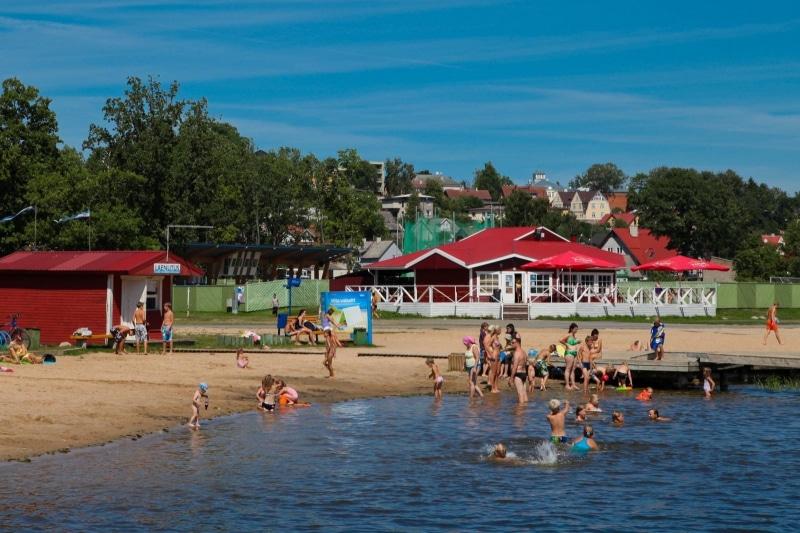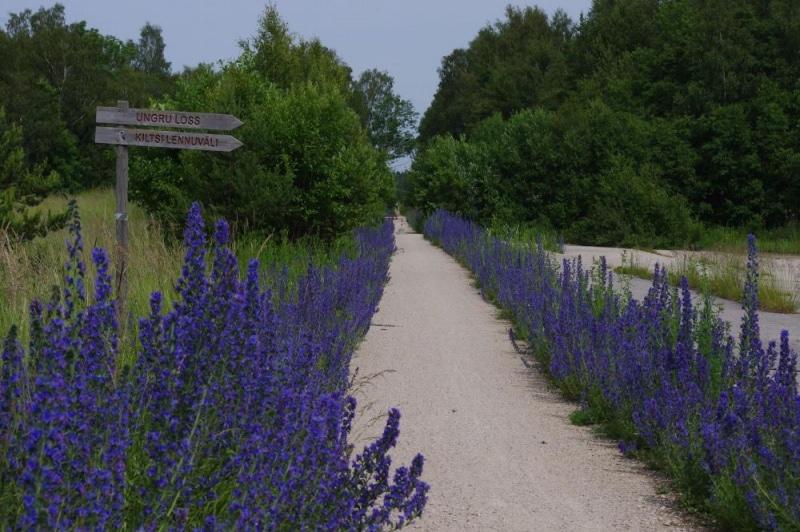NatureViews, Estonia
Removed from Unnamed collection
Kadriorg Park
Kadriorg Park is the most outstanding palatial and urban park in Estonia, covering around 70 hectares. Its construction began in 1718 on the orders of Russian tsar Peter I. Elements of park design from the 18th, 19th and 20th centuries can be seen here.
The most popular places for a stroll in the park are the flower beds surrounding the Swan Pond and the promenade leading from there to the president's palace.
There are a number of museums in the park, including KUMU (the Estonian Art Museum), Kadriorg Art Museum and the Mikkeli Museum, as well as monuments to such cultural figures as sculptor Amandus Adamson, author F. R. Kreutzwald and artist Jaan Koort. https://www.visitestonia.com/en/kadriorg-park
Map
Removed from Unnamed collection
University of Tartu Botanical Gardens
The University of Tartu Botanical Garden offers study programmes and excursions for visitors of all ages. There are more than 10,000 species and varieties of plants in the garden. In addition to natural plants, including rare protected plants, we introduce new decorative plants. In the greenhouses, rainforest and desert plants can be seen.
It is the oldest botanical garden in the Baltic States, operating for more than 200 years in the same location. The garden is designed by world-renowned botanists, professors Ledebour and Bunge. Guests can visit the greenhouses with a ticket, but the garden is open for everyone for free. There is a playground for children. https://www.visitestonia.com/en/university-of-tartu-botanical-garden
Map
Removed from Unnamed collection
Dark Garden
This is Narva’s oldest park, an example of park architecture from the end of the 19th century. Located on the Bastions. There are two memorials in the park and its environs. The first is the iron cross erected on the Victoria Basion in 1853 in memory of the Russian soldiers that died during the Siege of Narva in the Great Northern War. The second memorial marks the graves of soldiers that died in the War of Independence in November 1918. https://www.visitestonia.com/en/dark-garden-in-narva
Map
Removed from Unnamed collection
Lake Viljandi
Lake Viljandi is in a primeval valley, which is 11 m deep, 450 m wide and 4600 metres long. The lake is well-known in Estonia thanks to the song about the boatman of VIljandi, who day-dreams about the beautiful blue eyes of a girl he once saw when he was young. https://www.visitestonia.com/en/lake-viljandi-2
Map
Removed from Unnamed collection
Haapsalu Promendade
The splendour of Haapsalu, the famous Czarist era resort, is recalled by the seafront Promenade and its jewel -- the Assembly Hall with its wooden “gingerbread”. Walk on the sloping promenade and glance dreamily at the sea; check the time at the sundial and have a rest on the bench named for the world-famous composer Tchaikovsky.
Interesting facts: The Promenade starts at the exotically named Africa Beach, and ends at the Chocolate Promenade, which is named after a former café. There is a children’s playground on the Promenade and the town’s only observation tower. There is also a monument to Carl Hunnius, the discoverer of Haapsalu’s therapeutic mud behind the bandshell. https://www.visitestonia.com/en/africa-beach-and-promenade-1#
Map
Removed from Unnamed collection
Laeaenemaa Health Path
Läänemaa Health Path is an almost 60-kilometres-long path for pedestrians and cyclists along the embankment of the Riisipere-Haapsalu-Rohuküla line. The road has been marked with kilometre posts and with pickets every 100 metres. When at the section between Haapsalu-Rohuküla you should visit the remains of Ungru Castle not far from the path, also the old airfield in Kiltsi. When at the section between Haapsalu-Risti near Taebla, go visit the Laikmaa Museum and Koela Museum and Lääne-Nigula church. When near Risti, go and take a look of Marimetsa bog. https://www.visitestonia.com/en/laanemaa-health-path#
Map







